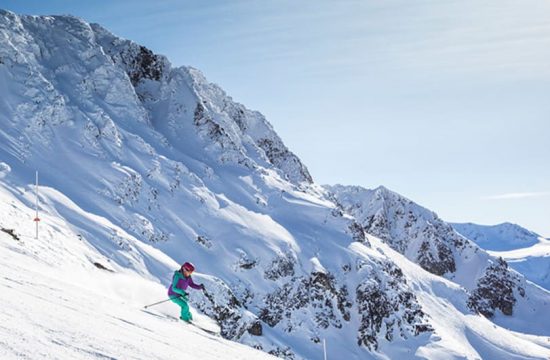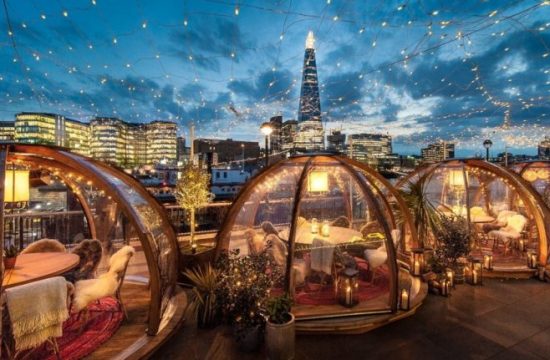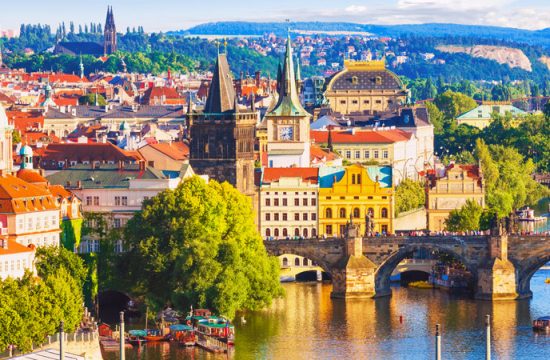One of the random decorations on my wall as a kid was a felt pennant (think sports teams) depicting the sun setting in a swamp somewhere with the words “Everglades National Park” emblazoned across the top in a truly garish clash of orange and green. I’m still not sure HOW this little momento of Southern Florida made its way to my bedroom in the opposite corner of the country, but thanks to its influence I’ve always wanted to see the real thing in person.
When we started planning our ’round the US adventure I added it to our “must explore during this trip” list, and since it’s one of the largest and most well-known national parks in the United States Christy readily agreed.
Where other parts of the country have hills and canyons and other geological features, Florida doesn’t have much to offer in terms of elevation change. Before human intervention in the area, the southern third of the state was essentially a sheet of fresh water slowing meandering South from Lake Okeechobee (which is just really fun to say) down to the ocean. Efforts to drain portions of the marshland increased in the late nineteenth century as more and more people moved to the area, and tensions between human development and restoration efforts remain a very politically charged issue in the area.
Airboat Tour at Gator Park
A number of companies offer airboat rides in the Everglades, so we chose one for its auspicious name (Gator Park) and the fact that it offered RV camping. This seemed a brilliant plan at the time, so we made a week-long reservation in advance. On arrival, however, we realized we’d be living sandwiched between the park’s own personal alligator pond and wild swampland… with nothing but a worn-looking fence on one side and, well, nothing on the other separating the monster-sized gators from Koa, who apparently looked like a tasty morsel. Luckily Koa ended up surviving the experience, though, so no harm done.
The airboat ride itself was, aside from the noise, surprisingly fun; airboats can cruise through the marshy grass and skim mudpits with scant inches of water without any problems. They’re driven by a large airplane propeller in the back of the boat, which means they have no reverse or braking mechanism (a little disconcerting) and they slip sideways in wide turns.
Our tickets also got us into a post-boatride alligator wrestling demonstration, which was pretty impressive. The gist of what we were taught is to get behind your gator and jump on its back, pin the jaws closed, take a quick picture, then cover its eyes, which apparently relaxes them somewhat and theoretically gives you a chance to get away from the now-angry alligator without loss of limb.
Supposedly.
It worked for the park guide, but since we haven’t felt any desire to try it on a wild gator we can’t speak to it’s effectiveness outside the show ring.
 |
 |
Gator Park was a really cool experience overall, and definitely exposed us to some things we’d never seen before. The whole place was also sort of unnerving, though; they had a small restaurant where they served fried gator, and a gift shop full of things made out of gator skin (including little alligator-foot pouches). It was sad to realize that the alligators kept on the parks’ premises were fated for a life of uncomfortable demonstrations followed by a grisly postmortem transformation into food or kitschy souvenirs. Bleck.
 |
 |
   |
|
 |
 |
Rowdy Bend Snake Bite Trail
There are also a ton of hiking and biking trails throughout the Everglades (and all of them are flat!), and we chose to explore the Rowdy Bend Snake Bite Trail primarily primarily due to its cool name and convenient location. The trail turned out to be a raised dirt path winding it’s way through a boggy area surrounded on both sides by brackish, richly brown water. With the dappled shade from the tree canopy arching overhead it was a very nice ride, but we were surprised by how little wildlife we encountered.
I’d say the best part of the trail is that it leads to the Atlantic Ocean, where you can see the “sheet of fresh water” from the ‘glades spilling out onto the salt flats. It was quite unlike the other parts of the Everglades we visited, and could be worth exploring for this fact alone if you have a number of days in the area, but for a short trip I wouldn’t put it down as a high priority.
 |
  |
 |
Anhinga Trail
If you visit the Miami area for a short time and can only see one thing in the Everglades, though, you should absolutely make it the Anhinga Trail. It’s near the Royal Palm Visitor Center (close to Homestead) and is an undemanding 45-minute walk on a paved trail and boardwalk that stretches out over the water. And it has wildlife.
We saw dozens of alligators, birds, fish, frogs, and even turtles. The alligators come right up to the trail; when we first got there Christy sat on a low stone wall by the restrooms and looked over her shoulder to discover a huge gator lounging about ten feet away. Umm… hello there, chap. I’m going to slowly back away now… and then pull out my camera!
We were lucky to visit in the winter months, when the alligators are apparently more active and congregate heavily in this area. We saw a new gator literally every 50 feet or so throughout our walk, but one overlook in particular harbored a view of fifteen or so alligators crawling over one another and lounging in the (presumably) warm muddy water.
After staring in awe for a while I noticed a pencil floating among the gators, then saw a muddy notebook laying undisturbed where it’d fallen under the boardwalk. Unsurprisingly the previous owner had apparently decided whatever they’d been writing was no longer that important.
 |
  |
 |
The lack of huge gnashing teeth makes them fade into the background somewhat compared to the gators, but there were also lots and lots of beautiful birds.
 |
  |
 |
Overall, the Anhinga Trail was exactly the Everglades experiences we’d been looking for; if you want to see swampland up close and alligators in their natural habitat, this should definitely be on your bucket list!












